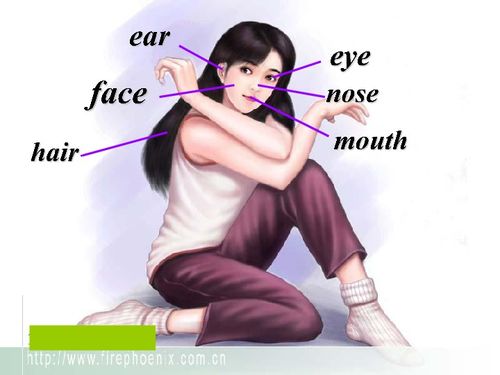
What Does a Snake Bite Look Like on a Dog?
When a dog is bitten by a snake, the appearance of the wound can vary depending on the type of snake, the size of the dog, and the severity of the bite. Understanding the signs and symptoms can help you quickly identify a snake bite and seek immediate veterinary care. Let’s delve into the details of what a snake bite on a dog might look like.
Location of the Bite
 The most common areas where a dog might be bitten by a snake are the legs, paws, and neck. However, snake bites can occur anywhere on the body. It’s crucial to inspect the entire dog for any signs of a bite.
The most common areas where a dog might be bitten by a snake are the legs, paws, and neck. However, snake bites can occur anywhere on the body. It’s crucial to inspect the entire dog for any signs of a bite.
When examining your dog, look for any puncture wounds or two fang marks. These marks are typically the first signs of a snake bite. The wounds may be bleeding or oozing a clear or pinkish fluid.
Appearance of the Wound
 The appearance of a snake bite wound can vary. Here are some common characteristics:
The appearance of a snake bite wound can vary. Here are some common characteristics:
| Wound Appearance | Description |
|---|---|
| Puncture Wounds | Small, round holes where the snake’s fangs entered the skin. |
| Fang Marks | Two distinct marks where the snake’s fangs exited the skin. |
| Bleeding | Some bleeding may occur immediately after the bite, but it may stop quickly. |
| Oozing Fluid | A clear or pinkish fluid may ooze from the wound. |
| Inflammation | The area around the bite may become swollen and red. |
It’s important to note that not all snake bites will cause bleeding or oozing fluid. Some bites may only result in puncture wounds and fang marks.
Other Symptoms
 In addition to the physical appearance of the wound, there are other symptoms that may indicate a snake bite:
In addition to the physical appearance of the wound, there are other symptoms that may indicate a snake bite:
- Lethargy: Your dog may appear tired or weak.
- Shaking or Trembling: Your dog may exhibit signs of discomfort or pain.
- Loss of Appetite: Your dog may not want to eat or drink.
- Increased Heart Rate: Your dog’s heart rate may be elevated.
- Difficulty Breathing: Your dog may have trouble breathing.
- Seizures: In severe cases, your dog may experience seizures.
These symptoms can occur within minutes to hours after the bite. If you suspect your dog has been bitten by a snake, it’s crucial to seek veterinary care immediately.
Identifying the Snake
Identifying the type of snake that bit your dog can help your veterinarian determine the appropriate treatment. Here are some common characteristics of venomous snakes found in the United States:
- Copperheads: Copperheads have a copper-colored head and a distinctive hourglass-shaped marking on their back.
- Rattlesnakes: Rattlesnakes have a rattle at the end of their tails and a triangular head.
- Coral Snakes: Coral snakes have red, yellow, and black bands on their bodies.
- Water Moccasins: Water moccasins have a wide, flat head and are often found near water sources.
Take note of the snake’s appearance and report it to your veterinarian. This information can be crucial in determining the appropriate treatment.
Preventing Snake Bites
To help prevent snake bites, consider the following tips:
- Keep Your Yard Tidy: Remove debris, tall grass, and shrubs where snakes can hide.
- Be Mindful When Hiking: Stay on trails and avoid walking through tall grass or dense brush.
- Use Repellents: Some commercial products can be used to deter snakes from approaching your property.




